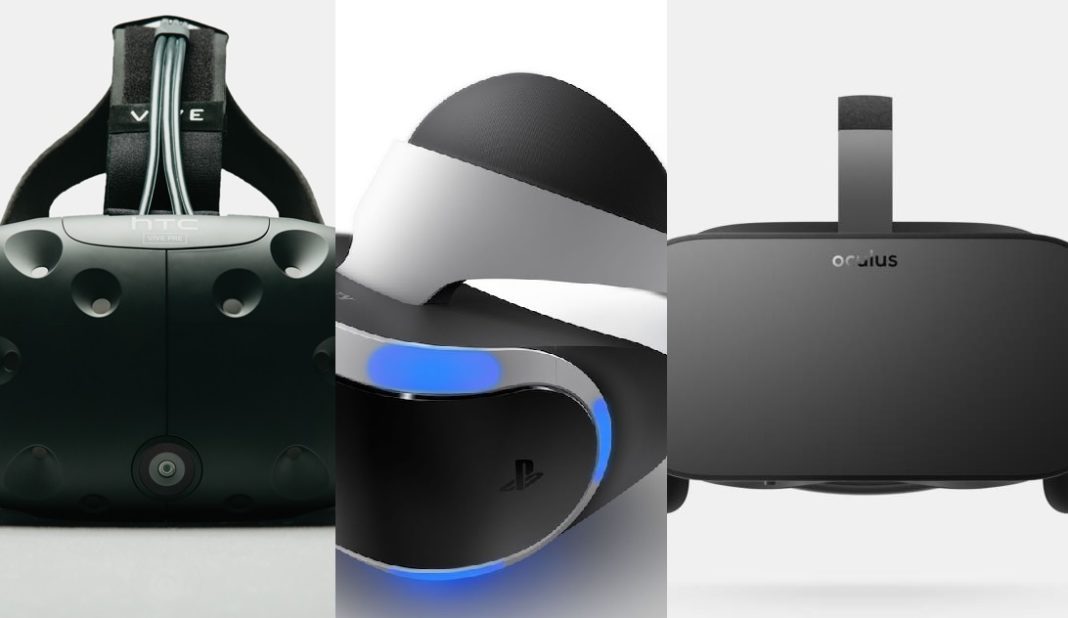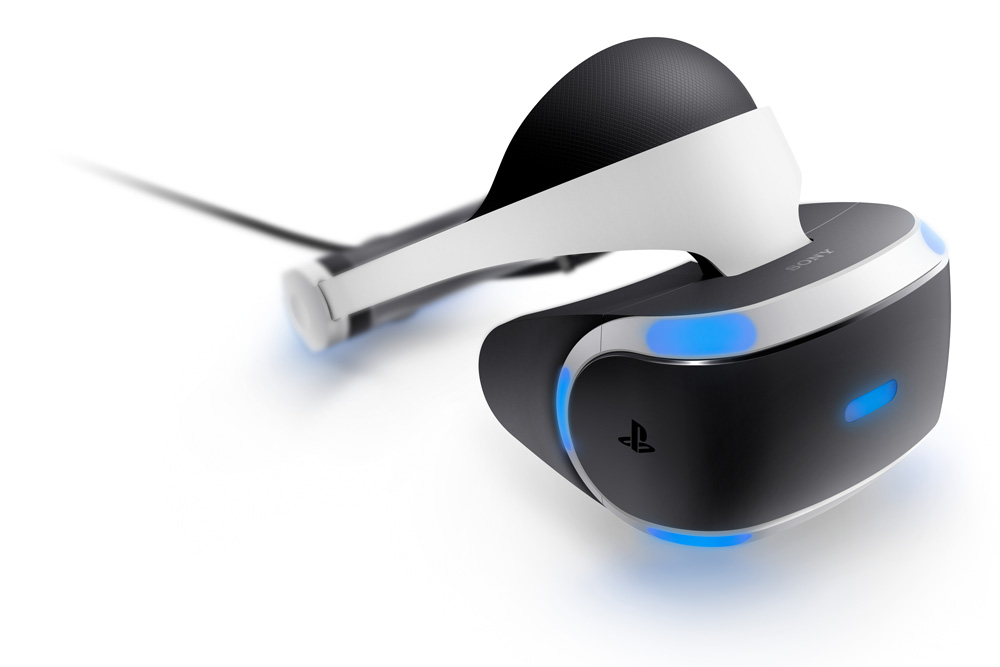There’s a lot of technology out on the market for VR because the industry is blowing up. As more and more options become economically available, one has to ensure that what they buy will not be replaced by something else later on down the road. In this article, we’ll cover what you need and why you need it to make sure you get what you need.
What’s Out There
There are three in total when it comes to headsets, but only one stands out among them: HTC Vive; This piece of hardware is a high end gaming piece that will likely not need to be replaced for a long time. The hardware is of such a high quality and the amount of games available to this device make it the top choice if you’ve got the deep pockets. With the HTC Vive comes the monster-sized hardware requirements and it wouldn’t be so bad if it wasn’t for the fact that most of the games are hardware-specific.

The Oculus was the first device available on the market, which means that it has a lot of Indie games behind it. It is also as bad as the HTC Vive with the hardware requirements you need, but not as bad. As a result of coming out in pre-dated technology it does not need as much hardware as the Vive, but it is suggested that you have the technology because you will be very limited on games if not.

The last one is the PlayStation VR headset, which is the option for the individual who really doesn’t want to spend that much money. Even if you don’t have the PlayStation 4, you are likely to still spend less than $1,000 just to get started.
What’s Good
The HTC Vive is the pick here, primarily because it’s designed for the consumer in mind rather than the developer. With the Oculus, if something goes wrong you tend to have to restart everything that’s connected to the Oculus and, at a bare minimum, it requires a lot less permissions to access your machine. Many of the games you will find on Steam are HTC Vive only games and very few of them are compatible with the Oculus. The PlayStation headset is worse off in this category as it is limited to not only the PlayStation stores but, also, only games compatible with the headset. Meanwhile, on both of the PC headsets you can mod, customize, and run around free in the internet forum world with very little issue. Additionally, all three come in pre-packages by companies if you don’t know all the technical lingo ahead of time.
What You Need To Know Before You Buy Any of These Products
You need to prioritize what you will be doing with your non-VR device ahead of time. If you are buying this solely for VR and have nothing that the headset relies on, my suggestion is that you buy the PlayStation headset because of how cheap it is for very much the same experience. If you have a powerful enough PC, or if you already planned on buying a PC, that you use for other things beyond VR then HTC is the current way to go. Most of the pre-packages are either less in cost or the same in cost as if you were to build your own, so if you choose one of the PC headsets just buy a pre-package with it.
Which is Best For Fitness?
If you’re looking for the best HMD for fitness out there today, you have to stay focused on the Vive. It has the most applications, most use across other hardware specific to VR like Icaros and Virzoom and, with the news about wireless hitting the industry hard lately, it’s the one option that really is the standout. Can you have a decent workout on the other two? Sure. Are they as good? Not really.

The reason for this suggestion is that VR is a very niche market and it isn’t wise to dump a lot of money into the market until it has stabilized a little bit more. There’s not a lot in this market and for what there is, most of everything is really expensive. Over time, the prices for these devices will come down and this means more people will have easier access to this niche as we see with the upcoming Microsoft VR.












